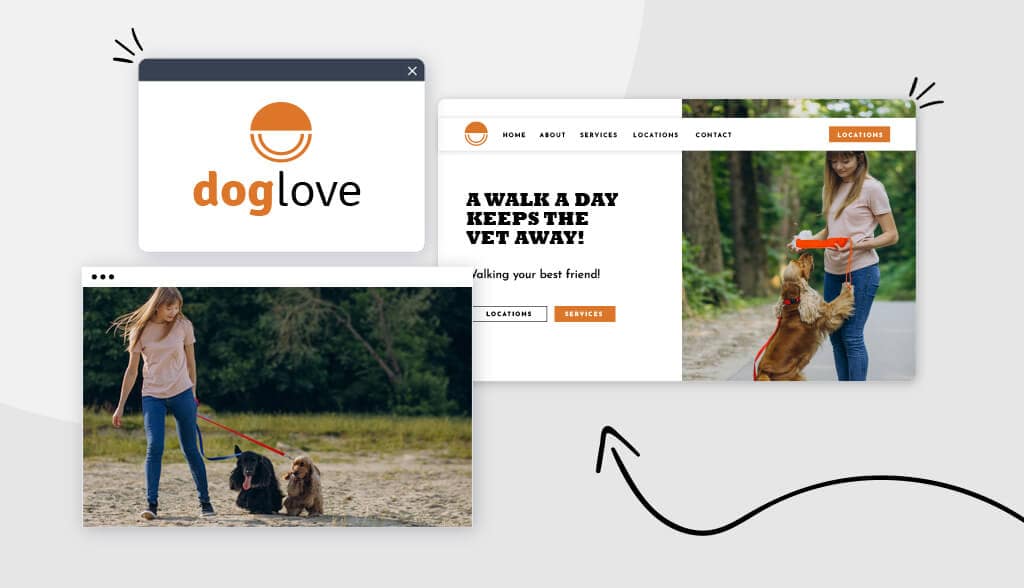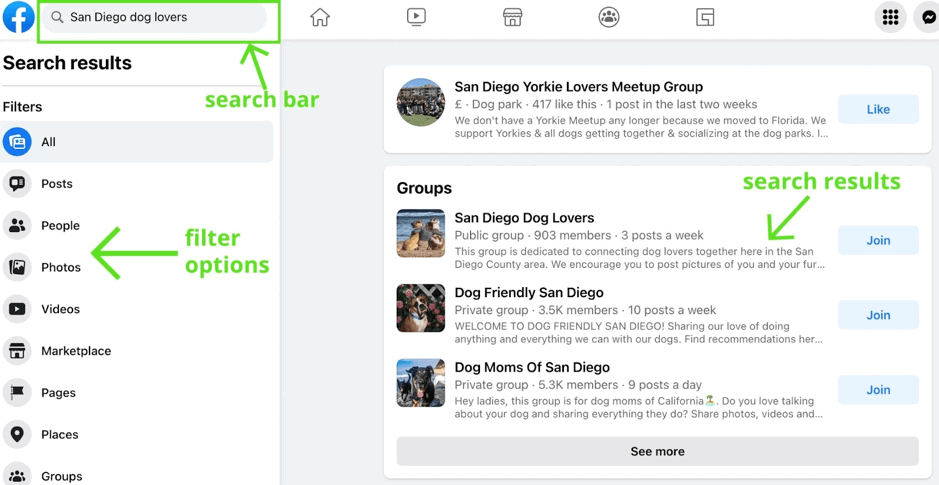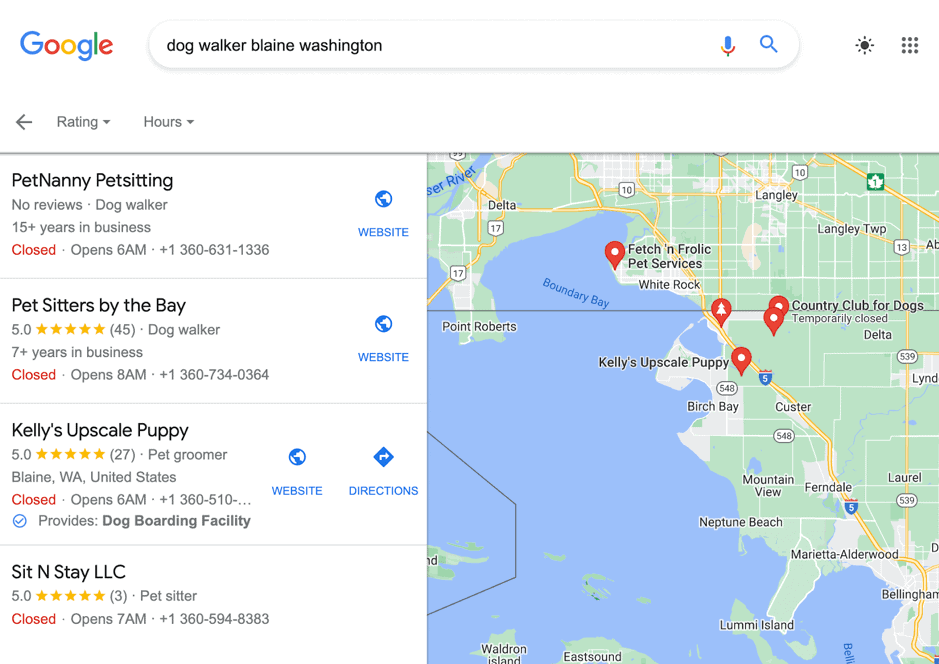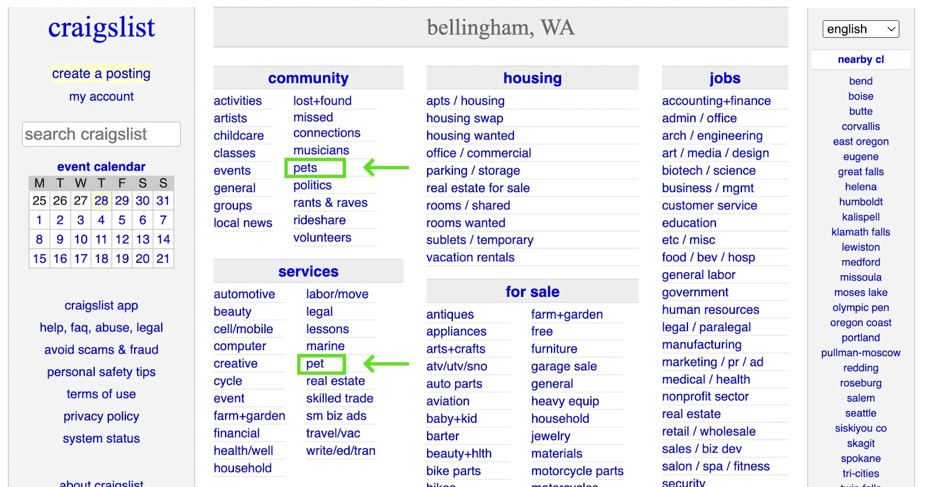You love dogs, exercising outside, and having flexible working hours. Well, it sounds like opening a dog-walking business is right up your alley.
If you’re unsure how to start your dream business, you’ve come to the right place. Here, you’ll learn the ins and outs of starting a dog walking business. So, let’s get started!
Make Sure This Business is Right for You
While the idea of walking dogs daily may sound like a dream, sometimes dreams don’t always match reality. You may have an image of frolicking in the fields with your doggies (and that may happen!), but it’s not always going to be like that. So, before going all in, make sure this is the right business for you.
Let’s be honest; not everyone can be a dog walker (at least a good one). But what makes a good dog walker? What are the characteristics people are looking for in a dog walker? A good dog walker has the following qualities:
Relevant experience
Even if this business is new to you, having experience with dogs (or having your own dog) is something most dog owners look for in a dog walker. They want to make sure their dog is in safe hands!
Stamina
I’m not saying you need to have a six-pack, but dog owners want to ensure that their dog will be tired after a walk with you. While not every dog enjoys long walks (take bulldogs, for example), a good dog walker should be able to keep up with the dog’s natural pace.
Responsibility
When a dog owner hands you the leash, they trust you with their friend. As a dog walker, you should act with the utmost responsibility. It’s their furbaby, after all!
While going for walks, you need to keep a close eye on the dogs and ensure they’re safe from harm’s way. Oh, and as a responsible dog walker, you’ll also want to carry extra poop bags, treats, and a first aid kit. Better to be safe than sorry.
Good communicator
I get it, life happens. But communication is key if you want to be a respectable and reputable dog walker. Sometimes you may be unable to fulfill your agreement; maybe there was an emergency, or you got the flu. But that doesn’t mean you can just ghost your clients.
Instead, you should have a plan B for when those situations happen. Perhaps contract another dog walker (with the dog owner’s permission) to take them out or offer a discount for the next walk.
Punctuality
Time matters. When you create a schedule with a client, it’s important to stick to it. For this, it’s essential to understand the needs of the dogs so you keep both the owner and pooch happy.
You’re an animal lover
I don’t know how I didn’t already say this one. But this is a given. If you want to be a good dog walker, you need to actually like dogs. If you don’t, this isn’t the business for you – maybe cat sitting is more your thing.
But seriously, sometimes you’ll have tough days with your dogs, but if you truly love what you’re doing, those days won’t be such a big deal.
Consider getting training or certifications
While this isn’t mandatory to become a dog walker, if you want to gain people’s trust and look more professional, taking a course or getting qualifications can help build your credibility and confidence.
Some examples of training and qualifications you can get are:
Depending on the state you live in, centers or colleges may offer city and guild qualifications for dog walking, animal handling, animal nutrition, and pet sitting.
While you don’t need these qualifications, if you lack previous dog walking experience, they can help the owner feel relaxed and safe with their dog in your hands.



